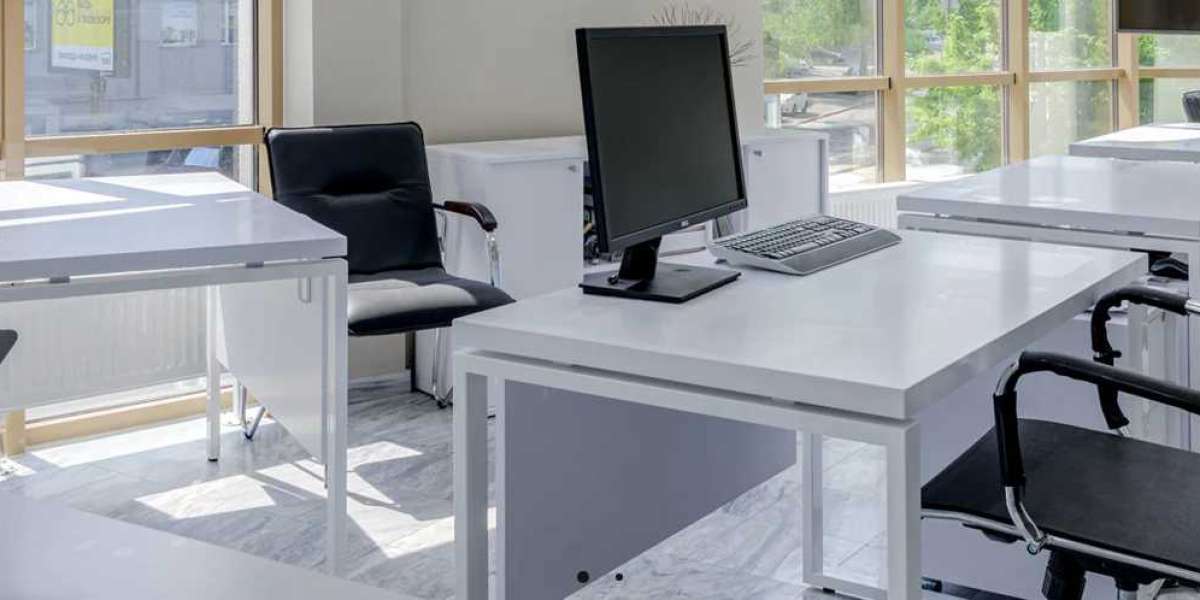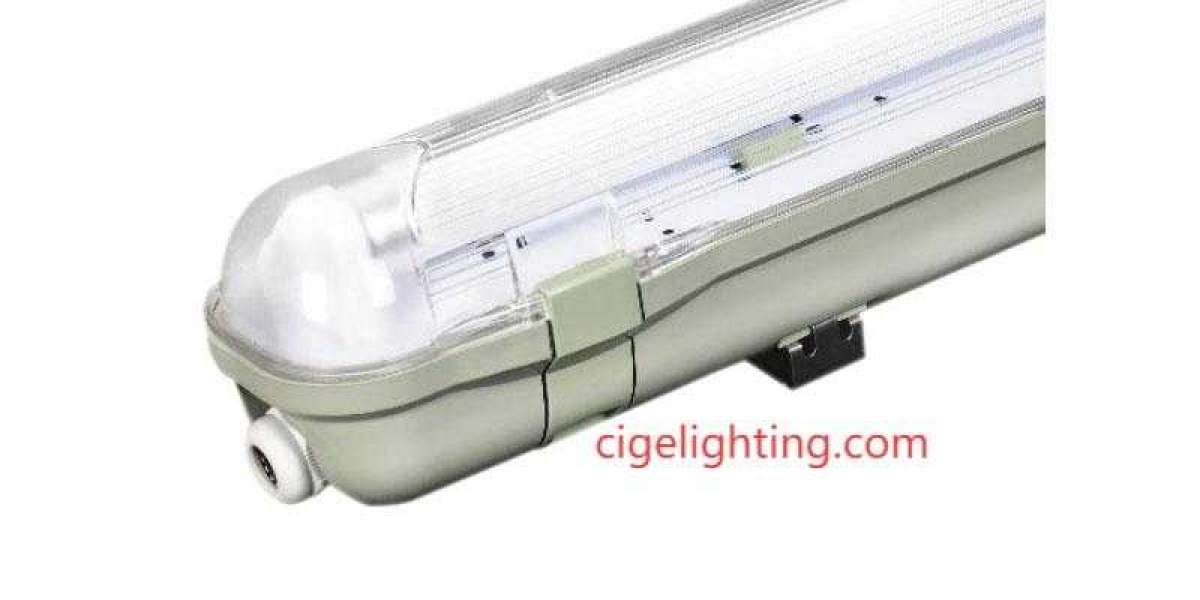Choosing the right office chair involves understanding its features and adjustments to ensure it meets your ergonomic and comfort needs. Here’s the ultimate guide to the essential features and adjustments of office chairs:
1. Seat Height Adjustment
- Feature: Allows you to adjust the height of the seat so your feet can rest flat on the floor with your knees at a 90-degree angle.
- Adjustment: Typically controlled by a lever or pneumatic mechanism. Pulling the lever up lowers the seat, while pulling it up while sitting raises the seat.
2. Seat Depth Adjustment
- Feature: Adjusts the distance between the back of the seat and the backrest to accommodate different leg lengths.
- Adjustment: Usually controlled by a lever or knob located under the seat. Slide the seat forward or backward to achieve the proper depth.
3. Lumbar Support
- Feature: Provides support to the lower back, helping maintain the natural curve of your spine.
- Adjustment: Can be adjustable in height and depth, or it may be fixed. Some chairs offer built-in or removable lumbar cushions.
4. Backrest Adjustment
- Feature: Allows you to change the angle of the backrest to support your back in various sitting positions.
- Adjustment: Can be controlled by a lever or knob, allowing the backrest to tilt backward or forward.
5. Tilt Mechanism
- Feature: Enables the seat to tilt backward or forward for a more relaxed sitting posture.
- Adjustment: Includes options like tilt tension adjustment, which controls the resistance of the tilt mechanism, and tilt lock, which allows you to lock the chair in a fixed position.
6. Recline Mechanism
- Feature: Allows the backrest to recline for added comfort and relaxation.
- Adjustment: Typically controlled by a lever or knob. Some chairs offer multiple recline angles or a synchro-tilt mechanism that adjusts the angle of both the seat and backrest simultaneously.
7. Armrest Adjustment
- Feature: Provides support for your arms and helps reduce shoulder strain.
- Adjustment: Includes height adjustment, width adjustment, and pivot adjustment. Some chairs also offer armrests that slide forward and backward or rotate.
8. Headrest Adjustment
- Feature: Supports the head and neck, reducing strain and promoting better posture.
- Adjustment: Height and angle can typically be adjusted. Some headrests are adjustable in depth to ensure proper support.
9. Swivel Base
- Feature: Allows you to rotate the chair 360 degrees, providing easy access to different areas of your workspace without straining.
- Adjustment: This feature is typically built into the chair and doesn’t require adjustment but is essential for mobility.
10. Seat Tilt
- Feature: Allows the seat to tilt forward or backward to better align with your work surface or posture.
- Adjustment: Controlled by a lever or knob, this feature helps in maintaining a proper angle between the seat and your workstation.
11. Height and Width of the Armrests
- Feature: Adjusts the position of the armrests to suit different desk heights and user preferences.
- Adjustment: Can be moved up and down (height) or in and out (width) to provide better support and reduce strain.
12. Base and Casters
- Feature: The base provides stability, while casters allow for easy movement across different floor surfaces.
- Adjustment: Casters may be adjustable for different types of flooring (e.g., carpet vs. hard floors). The base should be stable and durable.
13. Seat Material and Padding
- Feature: The material and padding of the seat affect comfort and durability.
- Options: Choices include mesh (breathable and cool), leather (luxurious and easy to clean), and fabric (soft and customizable). Padding can vary in thickness and density.
14. Backrest Height Adjustment
- Feature: Allows the backrest to be adjusted up or down to provide proper support for the back.
- Adjustment: Typically controlled by a lever or slider, this feature ensures that the backrest aligns with your spine.
15. Ergonomic Design
- Feature: Incorporates various adjustments and features to support natural body alignment and reduce strain.
- Considerations: Look for features like adjustable lumbar support, multi-position tilt mechanisms, and high-quality materials to ensure ergonomic benefits.
Conclusion
Understanding the features and adjustments of office chairs is crucial for selecting one that offers maximum comfort and support. By considering seat height, depth, lumbar support, backrest and tilt mechanisms, armrests, headrests, and other adjustments, you can find a chair that meets your ergonomic needs and enhances your overall workspace experience.








